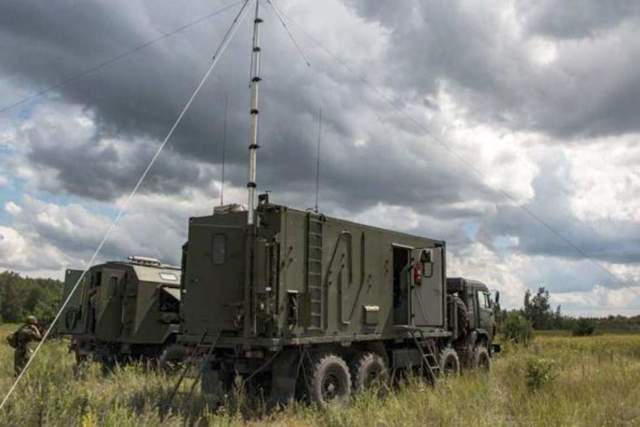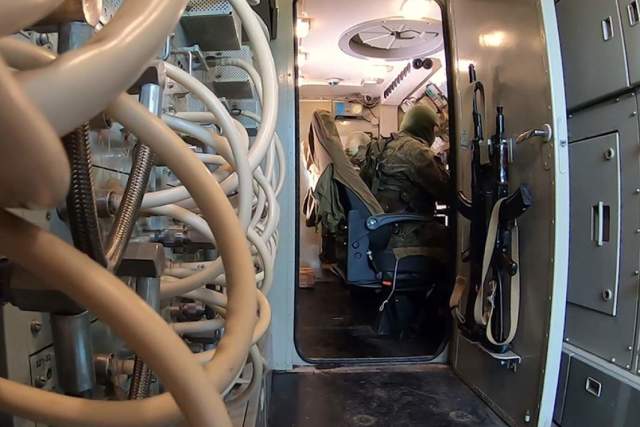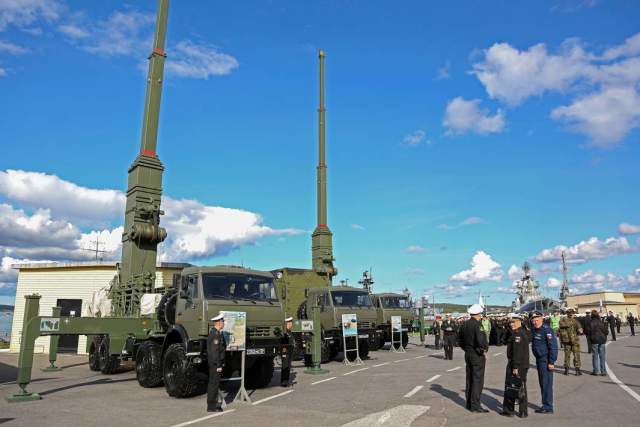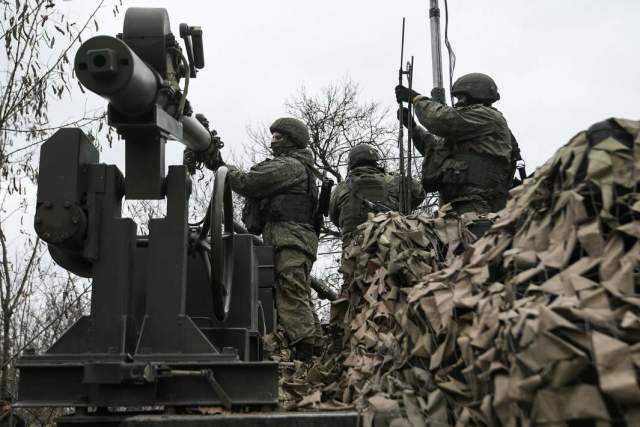And what is the new electronic warfare system capable of
The Russian Armed Forces will receive new RB-109 Bylina electronic warfare systems in 2025. This system with elements of artificial intelligence combines electronic warfare tools into a single circuit, analyzes the situation in the combat area and independently decides how to organize the suppression of targets. Experts note that the use of "Bylina" will improve the interaction of electronic warfare systems on the battlefield, significantly increasing their effectiveness.
Checking in the troops
The new electronic warfare (EW) complexes "Bylina" are currently undergoing trial operation in the military. It should be completed in 2024. If the complexes confirm their high characteristics, in 2025 they will begin to enter the units of the Armed Forces of the Russian Federation, sources in the Russian military department told Izvestia.
Earlier, the Ministry of Defense of the Russian Federation reported that the "Bylina" was tested for the first time during the Zapad-2017 exercises. There, electronic warfare systems were involved in order to disorganize the control system of the conditional enemy.
About 20 thousand military personnel, up to 70 aircraft and helicopters and about 250 tanks operated on maneuvers in a complex electronic environment. This made it possible to check the work of the "Epic" in conditions as close as possible to combat.

Photo: militaryarms.ru
Image source: iz.ru
The effectiveness of the use of electronic warfare under the control of "Bylina" will increase by 30-40%, military expert Viktor Murakhovsky told Izvestia.
"With Bylina, any EW group will act network—centric," he explained. — It will make it possible to more accurately and effectively use complexes that work on various ranges, radio equipment and enemy radar in a particular area. And what is important is to coordinate their work. Now radio intelligence detects targets, radio combat complexes suppress them, but actions are not always coordinated. For example, it may happen that their drones will not be able to be used within range. "Bylina" will help to coordinate the time, place and purpose of the use of the weapons systems involved in the desired area.
The expert also noted that the elements of artificial intelligence embedded in the "Epic" will help to decide which means of electronic warfare, according to what scheme, at what frequencies and with what power it is necessary to use against certain goals.
Instant action
The RB-109A Bylina electronic warfare system is mounted on five high-traffic trucks. This layout allows you to place not only electronic equipment, communications equipment, but also all the necessary equipment for the life support of crews.
This approach should make their work in the field as easy as possible. Arriving at the designated place, soldiers and officers can immediately begin to perform a combat mission.
The algorithm of action of "Bylina" is quite simple. Arriving in a given area, it automatically establishes communication with the higher headquarters, battalion control points, companies and with individual electronic warfare complexes.

Photo: TASS/press service of the Ministry of Defense of the Russian Federation
Image source: iz.ru
Electronics finds out the operational radio—electronic situation in the area of operation of the complex - ground, air and, if the complex operates in the Primorsky district, surface.
In a short period of time, Bylina recognizes radio stations, radars and communication systems, long-range radar detection aircraft, ships, boats and even enemy satellites. Low-power radio stations used by enemy saboteurs will not be able to avoid detection either.
Information exchange and combat control commands are carried out in real time.
In a wide range
Electronic warfare plays an important role in modern warfare. In 2015, they were among the first to be deployed to Syria to strengthen the Russian group. The task of electronic warfare was to suppress airborne radars, communication systems, satellite navigation and control of aircraft that would attempt to attack the territory of our base.
A whole line of domestic electronic warfare systems is involved in the zone of a special military operation in Ukraine. But the composition of the groups, their capabilities and the results of their work are not disclosed.

Coastal electronic warfare complex "Murmansk-BN", presented at the exposition of the military-technical forum "Army"
Image source: Photo: RIA Novosti/Pavel Lviv
Electronic warfare means, which are in service with the Armed Forces of the Russian Federation, can solve a wide range of tasks. They can accurately locate and suppress enemy communication nodes, jam and intercept cellular signals and disable satellite navigation systems.
In particular, the Murmansk-BN complex suppresses communication and control channels within a radius of up to 8 thousand km. It can disconnect warships, planes, drones and headquarters.
The electronic warfare systems "Moscow", "Krasukha-2" and "Krasukha-4" are used to combat aviation radars, as well as communication and information transmission equipment.
The Divnomorye complex suppresses locators and onboard electronic devices of airplanes, helicopters and drones. This electronic warfare system works against "flying radars" — E-3 AWACS and others. It can hide objects within a radius of several hundred kilometers from radar detection. At the same time, it fits on just one machine and is brought into combat position in a few minutes.
The Borisoglebsk-2 complex is used to disrupt communications in the tactical link. The promising Field-21 systems are capable of suppressing all major foreign satellite navigation systems within a radius of tens of kilometers.

Military personnel prepare for operation an automated jamming station from the Borisoglebsk-2 electronic warfare complex (EW)
Image source: Photo: RIA Novosti/Konstantin Mikhalchevsky
Novelties in the field of electronic warfare will be introduced in the Navy. For example, marine modular mobile electronic warfare systems are currently being developed. It will be possible to install the new system in standard 40-foot sea containers, which will allow it to be easily mounted on the deck of almost any ships.
The system should reliably protect the naval forces from anti-ship missile strikes. The patrol ships of the project 22160 of the Vasily Bykov type will be the first to receive the novelty.
Alexey Ramm
Bogdan Stepovoy

